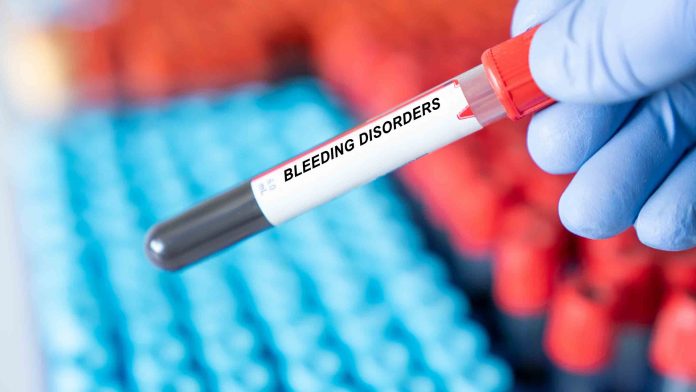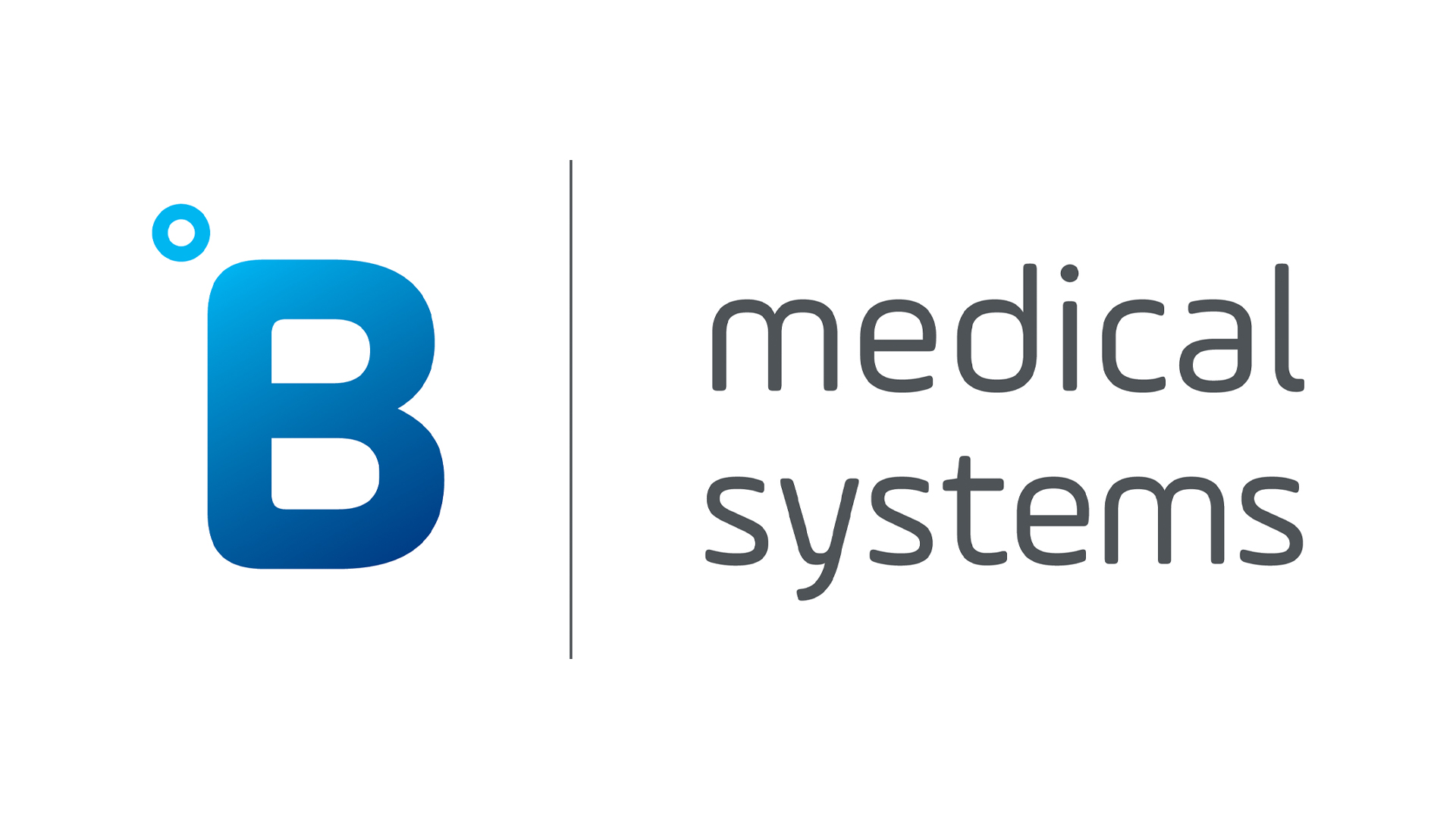
Bleeding disorders pose significant medical complexities that impact individual health outcomes and place strain on global healthcare infrastructures.
Originating from dysfunctions in the coagulation process, these disorders range from inherited conditions such as Haemophilia and Von Willebrand Disease to acquired abnormalities like liver disease-induced bleeding.
Proper plasma preservation is paramount for efficacious treatment and sustained patient management.
Coagulation mechanisms and disruptions
The sophisticated coagulation process is vital for the body’s reparative functions, and platelets, coagulation proteins, and blood vessels are central to the complex mechanisms involved. Disruptions in their synergistic function can, therefore, result in bleeding disorders.
Haemophilia, an X-linked genetic disorder, affects an estimated global population exceeding 800,000. It compromises the blood’s coagulative properties, leading to severe internal haemorrhages, arthralgia, and potential neurological complications. Haemophilia is categorised into Haemophilia A and B, stemming from deficiencies in coagulation factors VIII and IX, respectively.
Von Willebrand Disease (VWD) is an inherited coagulation disorder attributed to the malfunction or absence of the von Willebrand protein. While VWD is present in both sexes, females exhibit a higher prevalence, primarily because diagnosing it is simpler due to symptomatic manifestations during menstruation.
Plasma’s role in haemostatic interventions
Factor replacement therapy is pivotal in addressing these disorders. This therapy involves the supplementation of the deficient clotting factor, reinstating the body’s coagulation potential.
Two primary coagulation factor concentrates utilised by clinicians are Plasma-derived and Recombinant Factor Concentrates. Plasma, an essential component of blood, contains these coagulation factors, and once isolated from blood, it undergoes meticulous processing to extract the required coagulation proteins.
Although the genetically engineered recombinant factor VIII was approved in 1992, a majority of coagulation factors utilised therapeutically are derived from human plasma. Consequently, the meticulous preservation and storage of plasma, and by extension the coagulation factors, are vital for treatment efficacy.
Medical cold chain: A prerequisite for plasma preservation
The therapeutic efficacy of plasma-derived coagulation factors hinges not only on advanced isolation techniques but also on post-extraction storage and transportation protocols. This underscores the significance of the medical cold chain.
The medical cold chain ensures the potency, safety, and efficacy of plasma and other haemostatic products. Disruptions in this chain can diminish the therapeutic potential of these products, jeopardising patient safety. For individuals with bleeding disorders, this risk extends to life-threatening consequences.
For plasma, the integrity of the cold chain ensures optimal recovery, as adequately preserved plasma guarantees the maximal extraction of coagulation factors, which is essential for patients requiring regular transfusions or interventions.
Maintaining the cold chain inhibits pathogenic proliferation, ensuring transfusion safety. Beyond immediate patient care, preserved plasma facilitates research endeavours, promoting advanced therapeutic strategies, comprehensive disorder understanding, and potential curative approaches.
B Medical Systems: Cold chain preservation solutions
B Medical Systems offers comprehensive solutions addressing each phase of the medical cold chain. Post-collection, blood components require appropriate storage to prevent degradation and the company’s Blood Bank Refrigerators ensure therapeutic value retention until plasma isolation.
Post-extraction, rapid freezing is imperative to inhibit coagulation factor degradation, and B Medical Systems’ Contact Shock Freezers offer the necessary rapid cooling, while for extended storage, Plasma Storage Freezers are required as they can maintain consistent sub-zero temperatures, ensuring the integrity of the stored plasma.
However, specific research or prolonged storage may demand even colder environments, and B Medical Systems’ specialised Ultra-Low Freezers ensure plasma remains potent and uncontaminated at temperatures reaching as low as -86°C.
Finally, plasma and blood product transportation can introduce vulnerabilities in the cold chain, and the company’s Blood Transport Boxes maintain consistent internal temperatures, ensuring therapeutic value retention during transit.
The supply of plasma from donor to recipient presents numerous challenges. Each phase, from preservation to transportation, necessitates rigorous oversight to ensure therapeutic value retention.
B Medical Systems, through its product suite of Blood Bank Refrigerators, Contact Shock Freezers, Plasma Storage Freezers, Ultra-Low Freezers and Blood Transport Boxes, directly addresses these challenges, ensuring optimal patient outcomes.
In this endeavour, they not only preserve plasma but also foster hope, providing individuals with bleeding disorders an opportunity for enhanced health and well-being.
References
- NHLBI, NIH. (2023). What Are Bleeding Disorders. Available at: https://www.nhlbi.nih.gov/health/bleeding-disorders
- Paula D. James (2020). Women and bleeding disorders: diagnostic challenges. Hematology Am Soc Hematol Educ Program. p547–552. Available at: https://www.ncbi.nlm.nih.gov/pmc/articles/PMC7727580/
- org. (2023). Bleeding Disorders. Available at: https://www.hematology.org/education/patients/bleeding-disorders
- (2023). Bleeding disorders: Medical Encyclopedia. Available at: https://medlineplus.gov/ency/article/001304.htm
- Cleveland Clinic. (2022). Blood Disorders: Types, Symptoms & Treatments. Available at: https://my.clevelandclinic.org/health/diseases/21545-blood-disorders
- Anjali A. Sharathkumar, Steven W. Pipe (2008). Bleeding Disorders. Pediatrics In Review 29 (4): 121-130. Available at: https://publications.aap.org/pediatricsinreview/article-abstract/29/4/121/34646/Bleeding-Disorders
- Ndoumba-Mintya Annick et al. (2023) Optimizing Haemophilia Care in Resource-Limited Countries: Current Challenges and Future Prospects. J Blood Med 14: 141-146. Available at: https://www.ncbi.nlm.nih.gov/pmc/articles/PMC9951595/
- Rodriguez V., Warad D. (2016) Pediatric Coagulation Disorders. Pediatrics in Review 37 (7): 279–291. Available at: https://publications.aap.org/pediatricsinreview/article-abstract/37/7/279/35000/Pediatric-Coagulation-Disorders
- Johns Hopkins Medicine. (2023) Hemophilia in Children. Available at: https://www.hopkinsmedicine.org/health/conditions-and-diseases/hemophilia-in-children
- World Federation of Hemophilia. (2023) About Bleeding Disorders. Available at: https://wfh.org/about-bleeding-disorders/
- The Lancet Haematology. (2020) Bleeding disorders: making strides towards treatment for all. Available at: https://www.ncbi.nlm.nih.gov/pmc/articles/PMC7386877/
- Penn Medicine. (2023) Understanding Bleeding Disorders. Available at: https://www.pennmedicine.org/for-patients-and-visitors/find-a-program-or-service/hematology/comprehensive-hemophilia-and-thrombosis-program-pchp/understanding-bleeding-disorders
- Washington State Health Care Authority. (2015) Bleeding Disorder Collaborative for Care. Available at: https://www.hca.wa.gov/assets/program/bleeding-disorder-collaborative-20191024.pdf























